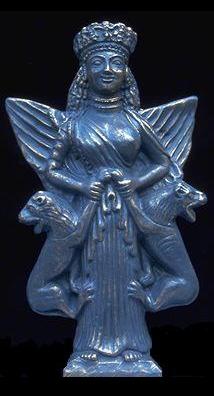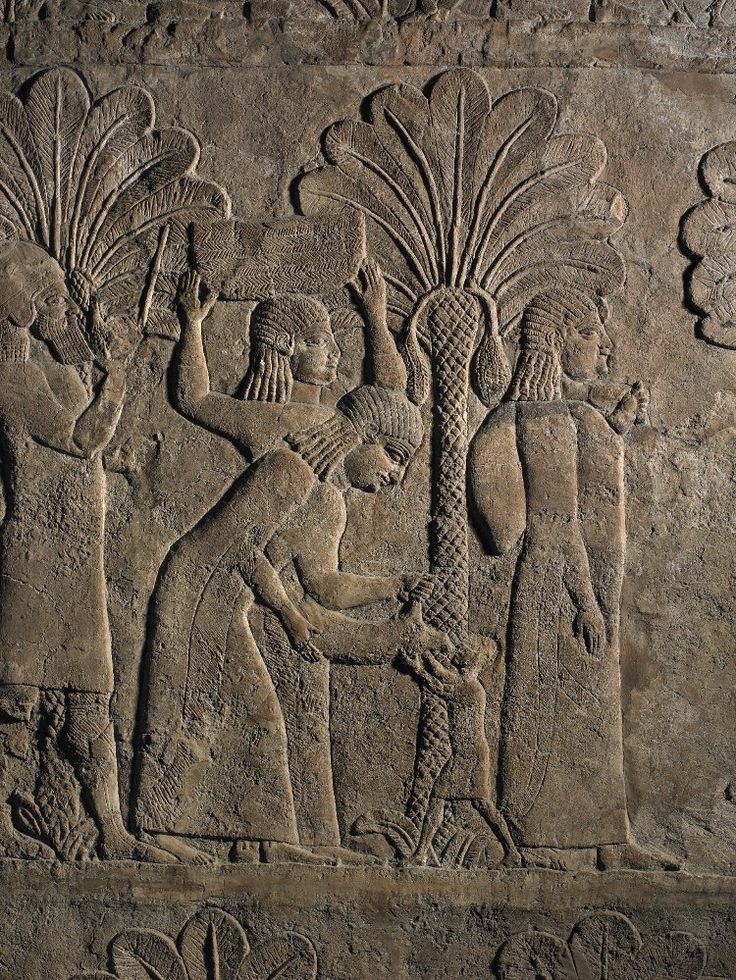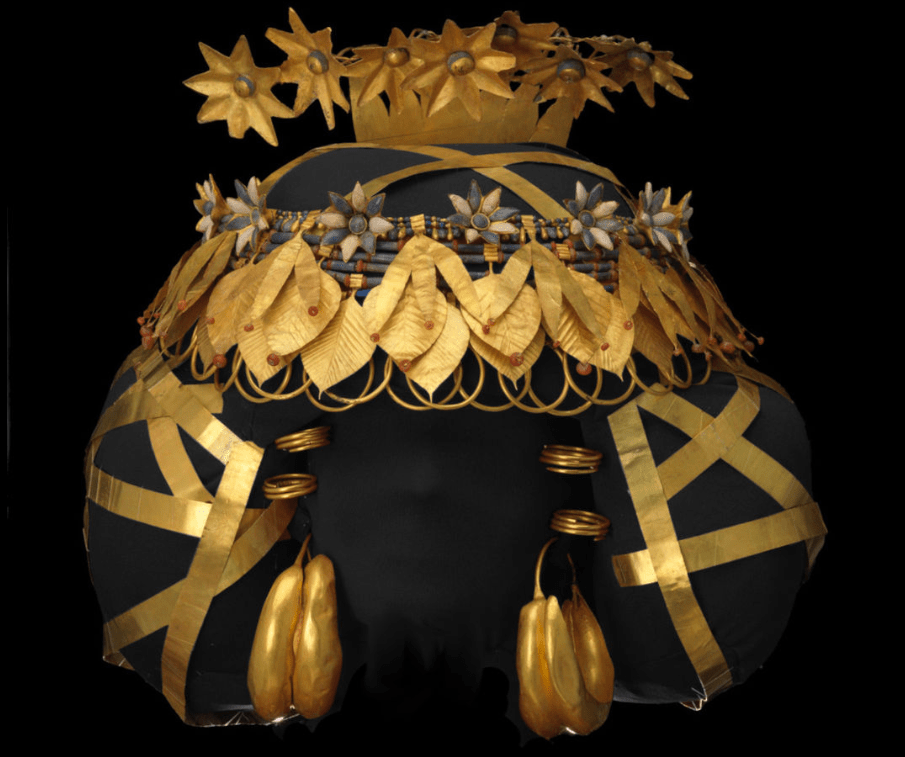Throughout history, flowers have held profound symbolic and spiritual significance across cultures. In the ancient Middle East and North Africa (MENA) region, certain flowers were closely associated with deities, reflecting their cultural and religious importance.
These flowers represented notions like fertility, love and rebirth, as well as played a vital role in mythology, rituals, and religious iconography.
This article explores the sacred floral symbols of ancient MENA civilizations and their connections to divine figures, offering a glimpse into the rich spiritual traditions of the past.
The Lotus Flower: Symbol of Creation and Rebirth




The lotus was one of the most revered flowers in ancient Egypt and Persia. According to a study published in Religions (MDPI, 2018), in Egyptian mythology, the lotus symbolized creation and rebirth.
According to myth, the sun god Ra emerged from a lotus flower at the beginning of time, linking the plant to daily renewal and cosmic order. The flower’s ability to close at night and reopen at dawn further reinforced its association with the sun’s cycle.
In Persian culture, the lotus was sacred to Anahita, the goddess of fertility, water, and purity.
The Rose: The Flower of Love and Fertility


The rose has long been a symbol of love and desire, with deep roots in ancient MENA mythology. An article on World Sensorium mentions that in Sumerian culture, the rose was linked to Inanna, the goddess of love and war, who was later worshiped as Ishtar in Mesopotamian tradition.
It is also said that the floral association extended to Astarte, a Phoenician goddess of love and fertility.
The Mandrake: A Mysterious Plant of Fertility and Magic


The mandrake plant, known for its human-like root shape, was surrounded by myth and superstition in the ancient world. Research from PubMed Central (2021) mentions that Egyptians believed that the mandrake possessed aphrodisiac properties and could enhance fertility, leading to its use in medicinal and magical rituals.
Mandrakes were often depicted in tomb paintings and temple carvings, suggesting their role in religious practices aimed at ensuring abundance and fertility.
The Date Palm: A Tree of Life and Prosperity


The date palm was a revered plant in ancient MENA civilizations, symbolizing fertility, sustenance, and divine favor.
In Mesopotamian art, the date palm was frequently shown in connection with gods and goddesses, particularly those linked to agriculture and prosperity, according to the Food and Agriculture Organization (FAO).
The palm tree’s ability to thrive in harsh desert environments made it a powerful emblem of resilience and divine blessing.
Date palms were also central to religious offerings and temple rituals, signifying their importance in both practical sustenance and spiritual devotion.
Ancient Symbols, Modern Reverence
The connection between flowers and deities in ancient MENA cultures reflects a deep reverence for nature’s role in the divine order. These plants were not merely admired for their beauty but were integral to religious symbolism, embodying key aspects of creation, fertility, purity, and spiritual protection.
Even today, many of these floral associations persist in religious and cultural traditions across the region.
WE ALSO SAID: Don’t Miss… In Pictures: Fayoum Farmers Harvesting Abad el Amar Is An Absolutely Stunning Sight!



